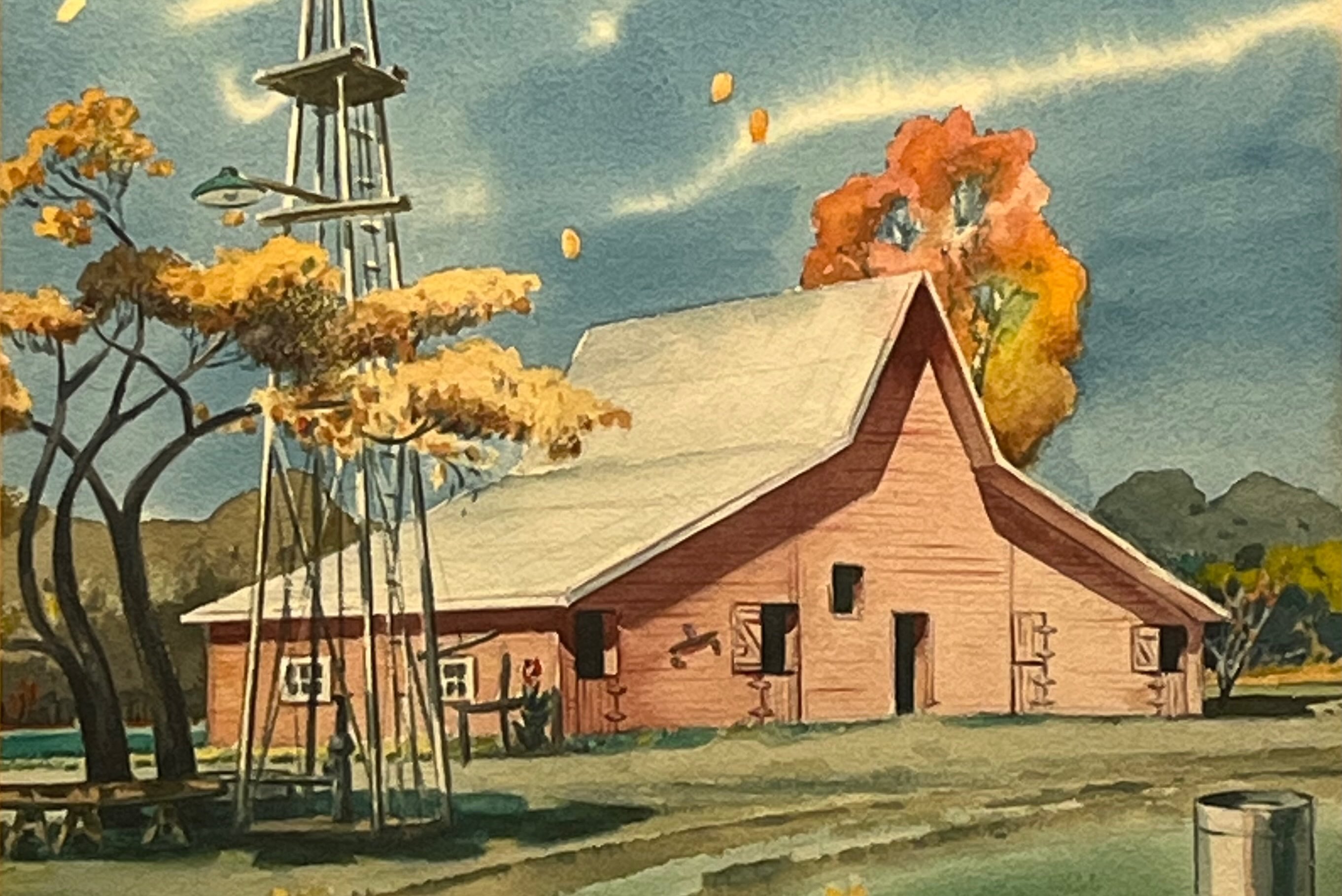Now Available!
Scenes from the Countryside
Eight Pastoral Solos for the Intermediate to Advanced Marimbist




I am extremely excited to announce that Scenes from the Countryside: Eight Pastoral Solos for the Intermediate to Advanced Marimbist is now available from Row-Loff Productions!
My grandfather owned a small farm, and when I was young, trips to "the farm" were fairly common. The most memorable of these were the yearly trips with Grandpa on the Monday of spring break. He would pick me up early in the morning, and we would spend the day planting potatoes, tomatoes, corn, and various other vegetables in the big garden. In the afternoon we would walk the pasture and stand by the creek, and finish the day resting in the shade of a large tree and windmill, looking out over the fields.
In the fall of 2024, Row-Loff Productions asked if I would like to write a collection of marimba solos for their 2025 catalogue, and I jumped on the opportunity. For a number of years I had thought about the possiblity of writing a series of pieces around memories of the farm, and I immediately knew that this offer from Row-Loff was a chance to bring this idea to fruition.
My goal in writing these pieces was to create music that was approachable by younger players, but was nonetheless musically satisfying and challenging for more advanced players. I wanted to create relatively simple music that I would personally enjoy performing. I believe I have accomplished this goal, and am excited to share this collection that I feel will provide intermediate to advanced marimbists with expressive music that will help bridge the gap between etudes and virtuosic recital pieces. All of these solos fit on a 4.3-octave marimba, and cover difficulty levels from medium-easy to advanced.
This piece evokes the feeling of a solitary moment, listening to the trees swaying in the wind. It is a medium-easy solo that nonetheless requires musical sensitivity and a sense of pacing.
I have always been intrigued by old, abandoned houses. This piece captures the feeling of looking back in time to when one of these buildings was alive and bustling with activity, and then being reminded of its lonely state in the present. This solo is medium difficulty and requires a bit of coordination between the hands in the opening material, as well as the ability to play melodic material convincingly with mallet 1.
This is a fun piece that represents a playful walk through a garden. There might be an encounter with a particularly pesky insect... but not to worry, everything turns out all right! This solo requires accuracy in quick chordal shifts and control of chromatic scales with the inner mallets.
A highlight of my visits to my grandfather's farm was the afternoon walk through the pasture to the creek. It always felt like we were taking off on a grand adventure, and the reward was the peace and serenity of the creek itself, and the sound of the water gently flowing. This piece captures the feeling of taking off on a journey, and finally arriving at a place of calm. Journey to the Creek is a medium-difficult piece that requires well developed double lateral strokes and left hand accuracy.
This piece captures the feeling of inspiration and infinite potential as one looks out across the fields. A feeling of openness and freedom - and of belonging. It requires well-developed single alternating permutations, smooth rolls, and a sense of balance between the mallets. It is medium-difficult.
One of the most striking landmarks of my grandfather's farm was the old windmill that stood in the heart of the farm. When I knew it, there were tree branches tangled in its fans, and it had not operated in many years. It was a shadow of its former self. This piece requires the development of triple lateral strokes in a 1234321 pattern, as well as control of single alternating strokes with interval changes in the right hand. This is a medium-advanced piece.
If you drive out into the country, you will inevitably encounter weathered old barns that are practically falling in on themselves but are nonetheless being used on a daily basis. This piece is meant to communicate the feeling of a new day, as the sun gradually exposes an old barn, which has persevered through generations and is ready for whatever the day brings. This piece is a chorale, with rolls throughout, and requires musical sensitivity and control of intervals of various sizes. This is a medium-advanced piece.
I often accompanied my grandfather to the farm on the Monday of spring break when I was in elementary school. These trips were a highlight of the season. Looking back, they were a magical experience. This piece evokes the memories of reconnecting with family and nature in the early spring. This is an advanced piece that requires musical maturity, control of interlocking sticking patterns, and comfort nagivating several key centers.